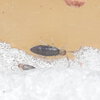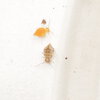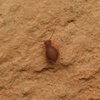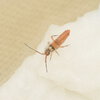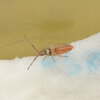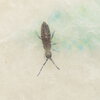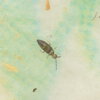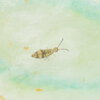Ponerinecat
Arachnobaron
- Joined
- Apr 3, 2020
- Messages
- 341
Morulina eggs finally hatched after 2 months. I now have a somewhat complete idea of their life cycle. Eggs hatch after 2 months, and the resulting juveniles take a full year to reach sexual maturity. Adults will mate once or maybe twice at most, and max lifespan might be around 1.5 years. I'll have to see how long these newborns can live to be sure though.
Empty eggshells.
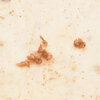
Newborns.


In the same container, Neanura muscoru have also started popping up after disappearing for a month or so.

Unfortunately all my attempts with larger globulars have resulted in failure despite initial reproduction, but on the bright side the Arrhopalitidae have been steadily growing.
Among some hitchhiked Lepidocyrtus and Ceratophysella.
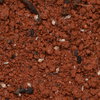
Fully grown adults have this gorgeous red speckling which is invisible without magnification.
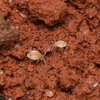
Empty eggshells.

Newborns.


In the same container, Neanura muscoru have also started popping up after disappearing for a month or so.

Unfortunately all my attempts with larger globulars have resulted in failure despite initial reproduction, but on the bright side the Arrhopalitidae have been steadily growing.
Among some hitchhiked Lepidocyrtus and Ceratophysella.

Fully grown adults have this gorgeous red speckling which is invisible without magnification.

Last edited:

